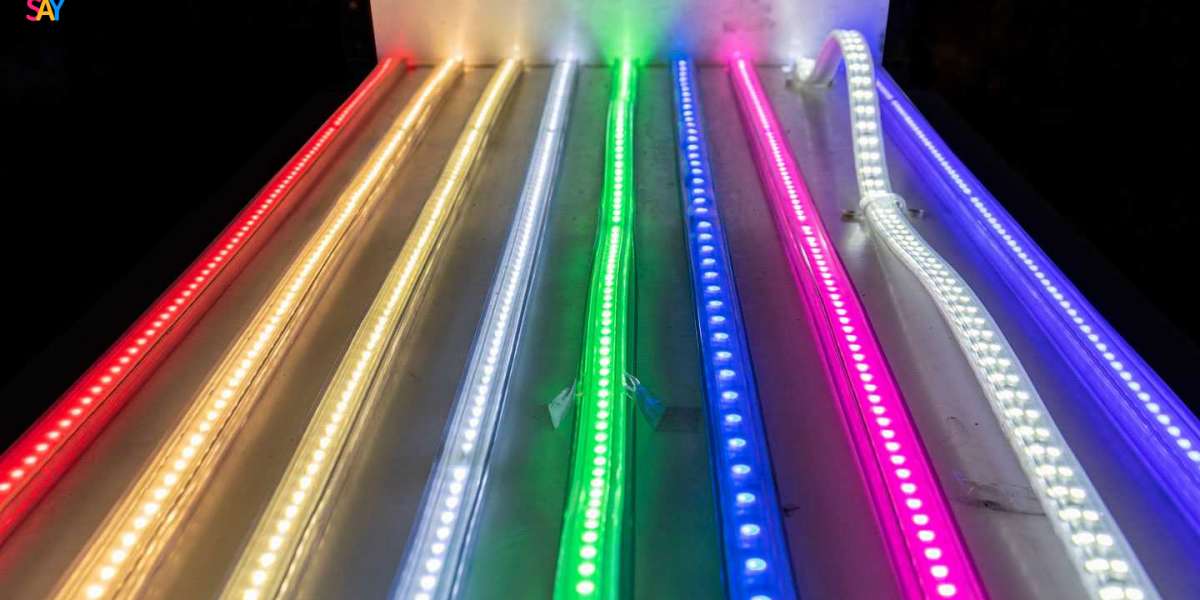Have you ever found yourself struggling to determine the amount of light needed in a room when shopping for new light fixtures? Don't worry, we're here to help! In this guide, we'll explore the science behind lighting indoor spaces, so you can make an informed decision.
We had the privilege of consulting with lighting planning specialist Martinas Simutis, whose expertise has helped numerous clients. Martinas believes that lighting is a powerful tool in architecture and interior design. It can transform the perception of space, making it feel larger or more intimate, while also influencing our mood and energy levels.
When it comes to lighting, there are several factors to consider, such as the light source, color temperature, and beam angle, all of which can impact the atmosphere of a room. However, for the purposes of this guide, we'll focus on calculating the amount of light required to adequately illuminate a space.
Read more: Multicolor LED Strip Lights
The Science Behind Calculating Light
According to Martinas, determining the right amount of light for a room can be challenging. However, there's no better way to ensure you've chosen enough light than by doing the math. Here's how you can calculate it yourself:
Step One: Determine Room Square Footage
Start by multiplying the length and width of the room to obtain the square footage. For instance, if the room is 10 feet wide and 10 feet long, the total area would be 100 sq. ft.
Step Two: Determine the Foot Candles by Room Type or Purpose
A foot-candle refers to the brightness of a light one foot away from the source. Different rooms require varying levels of foot-candles. Bathrooms and kitchens, for example, need more foot-candles compared to living rooms or bedrooms.
Step Three: Determine the Required Lumens
Lumens are a unit of measurement for light. Determine the required lumens by multiplying the room's square footage by the foot-candle requirement. For example, a living room with an area of 100 sq. ft. and a foot-candle requirement of 10-20 would need 1,000-2,000 lumens. Similarly, a dining room measuring 100 sq. ft. and requiring 30-40 foot-candles would need 3,000-4,000 lumens.
Read more: Learn About Multicolor LED Strip Lights
A Quick Summary
To provide a rough estimate, a 250 sq. ft. room would typically require about 5,000 lumens as the primary light source (20 foot-candles x 250 square feet). If you want to illuminate your dining table, aim for about 30 lumens per square foot. For instance, a 6 x 3 feet table would need 540 lumens.
Factors Influencing Light Requirements
When determining the amount of light needed for a specific room, take into account the interior design. Dark-colored walls and furniture, as well as fixtures with shades, may require an additional 10 lumens per square foot. High ceilings, multiple furniture pieces, display items, and complex geometry can also necessitate more light.
Martinas advises considering personal preference as well. If you prefer a brightly lit room, you can add 10-20% more lumens to your calculations. To achieve flexibility, consider installing dimmers to adjust the light levels to your desired ambiance.
Determining the Function of the Room
The function of a room plays a significant role in lighting requirements. Living rooms and bedrooms benefit from more atmospheric lighting, which may involve a combination of different types. Ceiling lights, known as ambient lights, provide general illumination for everyday tasks.
For tasks that require more focus, such as reading or applying makeup, bright task lights are essential. Accent lighting is more decorative and helps create a particular ambiance.
Areas where specific tasks are performed, such as over a kitchen island, in the dining room, or in the shower, will require more lumens per square foot.
Read more: Frequently Asked Questions About Multi-Color LED Strip Lights
Frequently Asked Questions
1. How do I determine the square footage of a room?
To determine the square footage, multiply the length of the room by its width.
2. What are foot-candles?
Foot-candles measure the brightness of a light source one foot away.
3. How do I calculate the required lumens?
Multiply the room's square footage by the foot-candle requirement.
4. Do dark-colored walls and furniture affect light requirements?
Yes, dark-colored walls and furniture may require additional lumens per square foot.
5. What is the best approach for lighting a room?
It ultimately depends on personal preference, but aiming high and incorporating dimmers offers flexibility.
We hope this guide has provided you with valuable insights on determining the perfect lighting for your space. Happy lighting!




